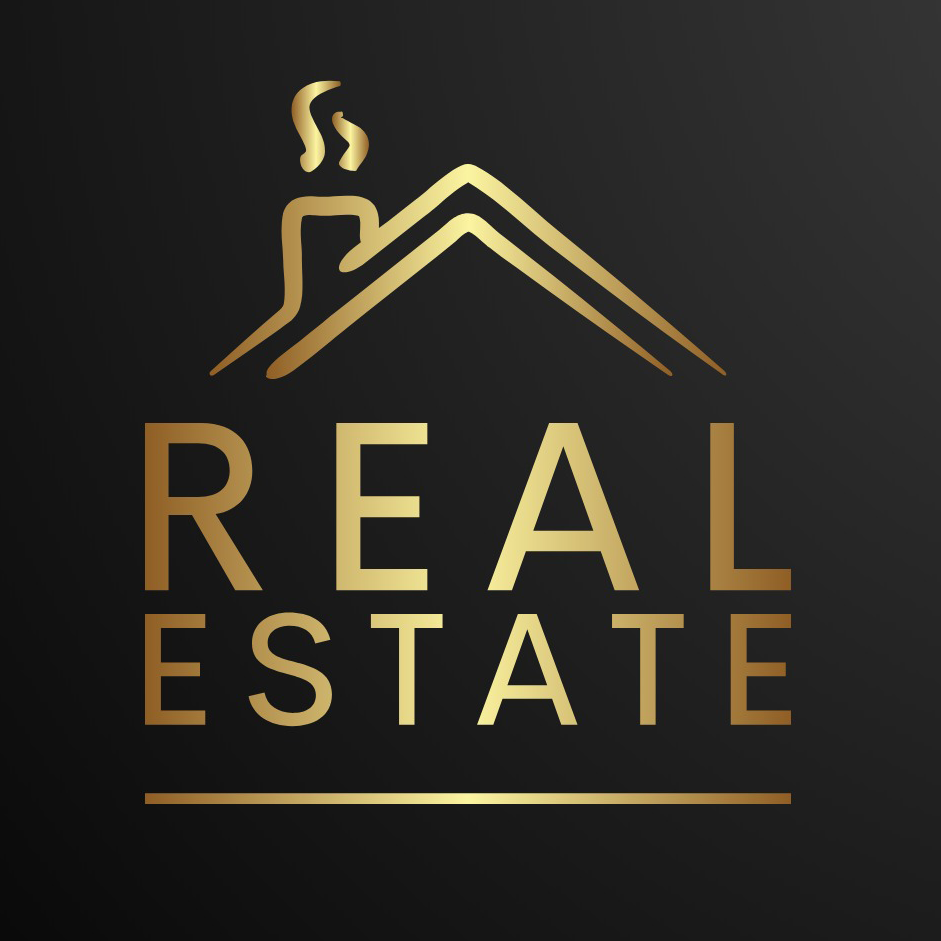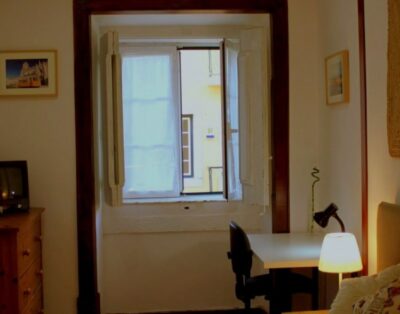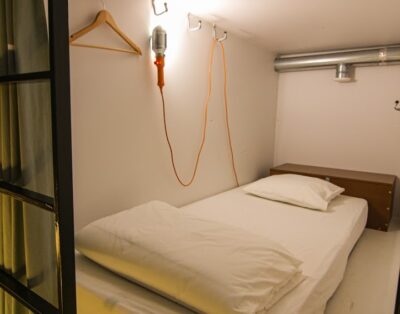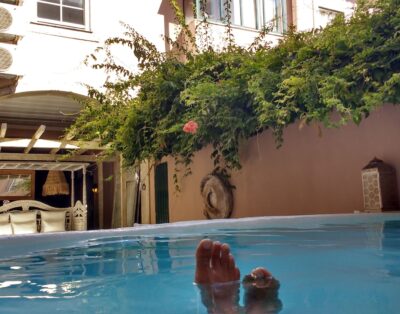7 Hidden Costs of Buying a Home That You Need to Know
Buying a home is a big dream for many people. It’s a place they can call their own and make lasting memories. But before you start looking at houses, it’s important to understand that the costs don’t stop at the price tag on the home. There are several hidden costs that come with homeownership that you need to know about.
In this blog post, we’ll go over 7 hidden costs of buying a home that you might not have thought about. By being aware of these costs, you can better prepare yourself financially and avoid any surprises down the road.
1. Closing Costs
When you buy a home, you don’t just pay the price of the house. There are also closing costs – fees and expenses that you have to pay to complete the sale. Closing costs can add up to thousands of dollars, so it’s important to budget for them.
Some common closing costs include:
- Appraisal Fees: Before a bank lends you money to buy a home, they’ll need to have the home appraised to make sure it’s worth the price you’re paying. Appraisal fees can range from $300 to $500 or more, depending on the size of the home and where you live.
- Loan Origination Fees: This is a fee charged by the lender for processing your loan application. It’s usually a percentage of the total loan amount, anywhere from 0.5% to 1%.
- Attorney Fees: In some states, you’re required to have an attorney present at the closing to make sure all the legal documents are in order. Even if it’s not required, you may want to hire an attorney to review the paperwork and protect your interests. Attorney fees can range from $500 to $1,500 or more.
- Title Services: This includes a title search to make sure the seller has the legal right to sell the home, as well as title insurance to protect you in case any legal issues come up later. Title services can cost $500 to $1,500.
Other closing costs may include property taxes, homeowners insurance premiums, and prepaid interest. Make sure to ask your lender for a detailed breakdown of all the costs so you can budget accordingly.
2. Property Taxes
When you own a home, you have to pay property taxes to your local government. These taxes are based on the value of your home, and they can really add up.
For example, let’s say you buy a $300,000 home in a town where the property tax rate is 2% of the home’s value. That means you’d have to pay $6,000 per year in property taxes!
And that’s not even the worst part. Property taxes tend to go up over time, so you’ll likely be paying more and more as the years go by. It’s important to factor in potential tax increases when budgeting for your home.
If you buy a home in the middle of the year, you’ll also have to pay a prorated amount of property taxes to cover the portion of the year that you own the home. The seller will pay the taxes for the time they owned it.
3. Home Inspection
Before you buy a home, it’s crucial to have it inspected by a professional home inspector. This helps uncover any hidden problems or issues that could end up costing you a lot of money down the line.
The cost of a home inspection varies, but you can expect to pay anywhere from $300 to $500 for a basic inspection. This covers a thorough examination of the home’s major systems, like the roof, plumbing, electrical, and foundation.
If the inspector finds any issues that need further investigation, you may have to pay additional fees for specialized testing. For example, if there are signs of mold, you’d likely need to get a mold test done, which could cost another $100 to $500 or more.
While a home inspection can be a significant upfront cost, it’s worth it to catch any major problems before you buy the home. Dealing with those issues after the fact could end up costing you tens of thousands of dollars or more.
4. Home Insurance
Once you own a home, you’ll need to have homeowners insurance to protect your investment. And like any insurance policy, homeowners insurance comes with its own set of costs.
The premium – the amount you pay each year for coverage – is the biggest cost. According to recent data, the average annual premium for homeowners insurance in the United States is around $1,500.
But that’s just the start. You may also need to pay for additional coverage for things like floods, earthquakes, or hurricanes, depending on where you live. This extra coverage can cost anywhere from a few hundred to a few thousand dollars per year.
And don’t forget about deductibles! If you ever need to file a claim, you’ll have to pay a deductible out of pocket before your insurance kicks in. Deductibles can range from $500 to $2,000 or more, so you’ll need to have some savings set aside for that.
5. Maintenance and Repairs
When you’re a homeowner, you’re responsible for maintaining and repairing your home. And trust me, these costs can really add up over time.
As soon as you move into a new home, you may have some immediate repairs that need to be done. Maybe there’s a leaky faucet or a drafty window that needs fixing. These kinds of repairs can easily cost hundreds or even thousands of dollars, depending on the issue.
Then there are the long-term maintenance tasks that you’ll need to stay on top of, like:
- HVAC Maintenance: You’ll need to have your heating and air conditioning systems serviced regularly, which can cost $100 or more twice a year.
- Roof Maintenance: Your roof will need to be inspected and potentially repaired or replaced every 10-20 years, which can cost thousands of dollars.
- Exterior Painting: The outside of your home will need to be repainted every 5-10 years to protect it from the elements. Painting costs can range from a few thousand dollars to over $10,000, depending on the size of your home.
It’s a good idea to set aside some money each month for a “home maintenance fund” so you’re prepared for these inevitable costs.
6. Homeowners Association Fees
If you buy a home in a neighborhood or community with a homeowners association (HOA), you’ll have to pay monthly or annual fees to that association.
HOA fees cover the cost of maintaining common areas like parks, pools, and community centers. They may also pay for services like landscaping, snow removal, and trash pickup.
HOA fees can vary widely depending on where you live and what amenities are included, but they typically range from $100 to over $1,000 per year.
It’s important to carefully review the HOA’s rules, regulations, and financial statements before buying a home in that community. You’ll want to make sure the fees are reasonable and that the HOA is being managed responsibly.
You should also be prepared for the possibility of “special assessments” – one-time fees charged by the HOA to cover major repairs or renovations. These assessments can cost hundreds or even thousands of dollars, so it’s good to have some savings set aside for them.
7. Moving Costs
Finally, don’t forget about the costs of actually moving into your new home! These expenses can really sneak up on you if you’re not prepared.
If you hire professional movers, you’re looking at an average cost of around $1,600 for a local move or over $6,000 for a long-distance move. That’s a pretty penny!
Even if you do the move yourself, you’ll still have to pay for things like:
- Renting a moving truck
- Buying boxes, tape, and other packing supplies
- Taking time off work to pack and move
- Potentially paying for storage if your move-in and move-out dates don’t line up perfectly
The moving costs alone could easily add up to $1,000 or more, so be sure to factor that into your budget when buying a home.
The Bottom Line
As you can see, there are quite a few hidden costs that come with buying a home – costs that can really add up if you’re not prepared for them.
From closing costs and property taxes to home repairs and moving expenses, owning a home involves a lot more than just paying your monthly mortgage payment.
The key is to be aware of these potential costs from the very beginning. Do your research, create a detailed budget, and make sure you have enough savings set aside to cover everything.
With some careful planning, you can avoid any nasty financial surprises and enjoy your new home to the fullest. Just don’t forget to account for all of those hidden costs lurking behind the scenes!



